When you’re learning Japanese, vocab will only get you so far. If you want to actually hold a conversation, grammar is your best friend. It gives structure to your sentences and helps you express yourself clearly — even with a limited vocabulary.
In this post, I’ll walk you through the most useful and essential Japanese grammar points I’ve come across. These aren’t obscure textbook rules. These are the real-life ones — the ones you’ll see in anime, JRPGs, and on your next trip to Japan. 💬🗾
Let’s jump in! 👇
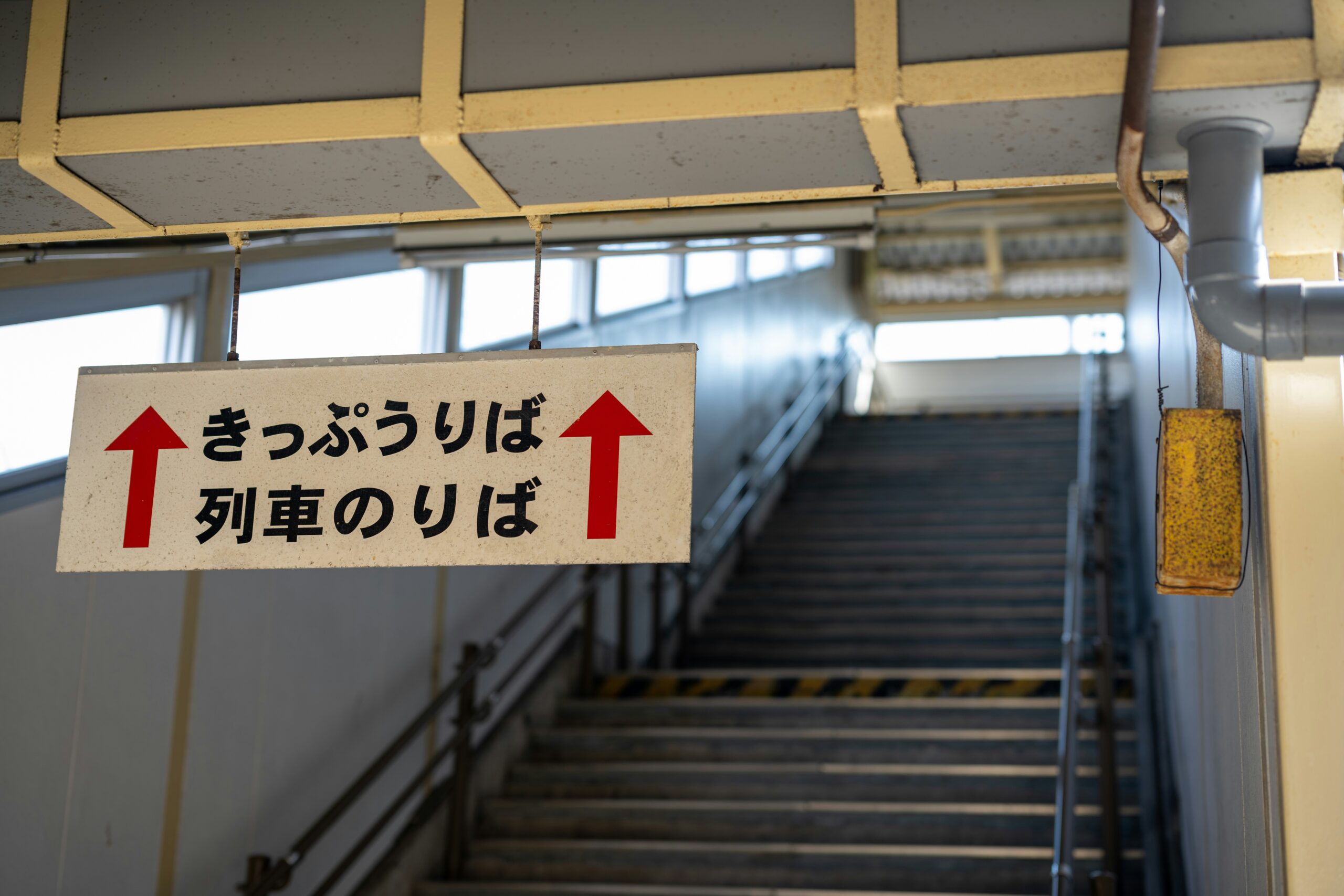
1. です・ます (Polite Speech)
If you’ve ever said “こんにちは!” you’ve probably already used polite speech. In Japanese, the です・ます form is the polite way to talk to someone — and it’s how you’ll speak 99% of the time when you’re just starting out.
| Verb | Polite Form |
| 食べる (to eat) | 食べます |
| 行く (to go) | 行きます |
| する (to do) | します |
| です (to be) | stays the same |
You’ll hear these all the time in shops, on the street, and in anime. Start here before jumping into casual speech — trust me, people appreciate it 🙏
Example:
- ごはんを食べます。(I eat rice.)
- 日本はすごいところです。(Japan is an amazing place.)
✨ Pro tip: Even native speakers sometimes stick to polite form when meeting someone new — it’s a great way to sound friendly and respectful at the same time.
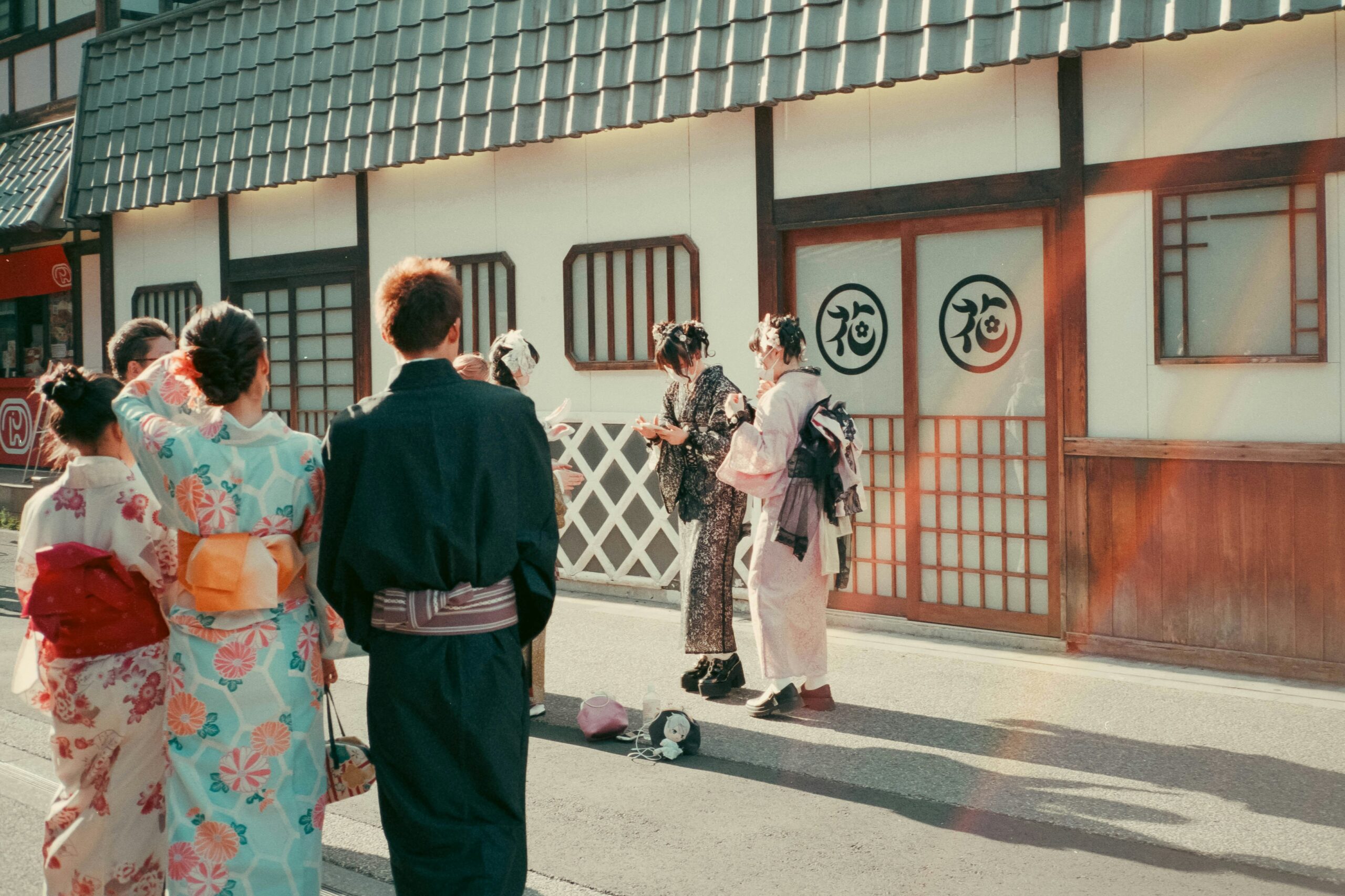
2. 〜が好き・〜がわかる
(Expressing Likes & Understanding)
Want to say you like anime? Or that you understand a little Japanese? These grammar patterns are your go-to.
In Japanese, we don’t say “I like X” directly. Instead, we say Xが好きです — which literally means X is likeable to me. Same with understanding — Xがわかります = I understand X.
| English | Japanese |
| I like sushi. | すしが好きです。 |
| I understand a little. | 少しわかります。 |
| I don’t like natto… | なっとうは好きじゃないです。😅 |
The particle が is doing a lot of work here — it marks the thing you like or understand. You’ll start seeing it all the time.
💡 Bonus tip: If you want to be casual with friends, you can drop the です — “アニメが好き!” sounds super natural with people you know well.

3. 〜たいです (Want to do)
This one is super useful for expressing your desires — especially when you’re traveling or chatting with friends about weekend plans.
In English, we say “I want to eat” or “I want to go.” In Japanese, we attach 〜たい to the verb stem (the base form of the verb before ます) to say we want to do something.
| Verb | Stem | Want Form |
| 食べます (to eat) | 食べ | 食べたい |
| 行きます (to go) | 行き | 行きたい |
| 飲みます (to drink) | 飲み | 飲みたい |
Then just add です to keep it polite!
Examples:
- 日本に行きたいです!(I want to go to Japan!)
- ラーメンを食べたいです。(I want to eat ramen.)
- 今日は何もしたくない… (I don’t want to do anything today…) 😴
👉 You can also make it negative with 〜たくない. Super handy when your friend suggests karaoke and you’re just not in the mood 🎤🙅♂️
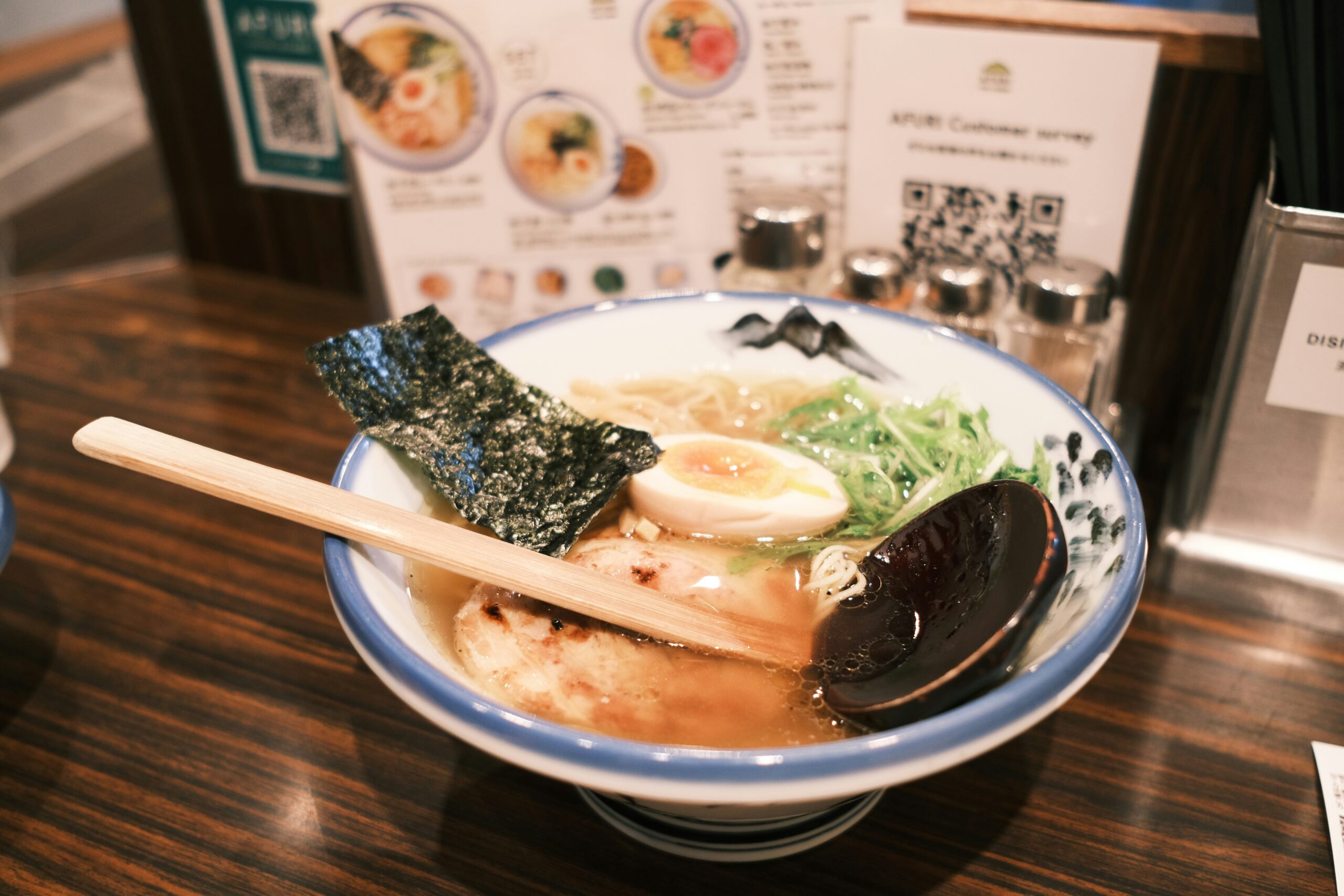
4. 〜てください (Please do…)
This is your go-to phrase when asking someone to do something — nicely 😄
Just take the て-form of a verb (don’t worry — it becomes second nature quickly), and add ください for a polite “please.”
| Verb | て-form | Request |
| 見ます (to look) | 見て | 見てください (Please look) |
| 待ちます (to wait) | 待って | 待ってください (Please wait) |
| 書きます (to write) | 書いて | 書いてください (Please write) |
Examples:
- ここに名前を書いてください。(Please write your name here.)
- ちょっと待ってください!(Please wait a second!)
- ゆっくり話してください。(Please speak slowly.) 🐢
🌟 You’ll see this a lot on signs in Japan too — “ドアをしめてください” (Please close the door) or “たちいりきんし!はいらないでください!” (Do not enter!)
Even if your Japanese isn’t perfect yet, this form helps you sound super polite and respectful, which is key in Japanese culture.
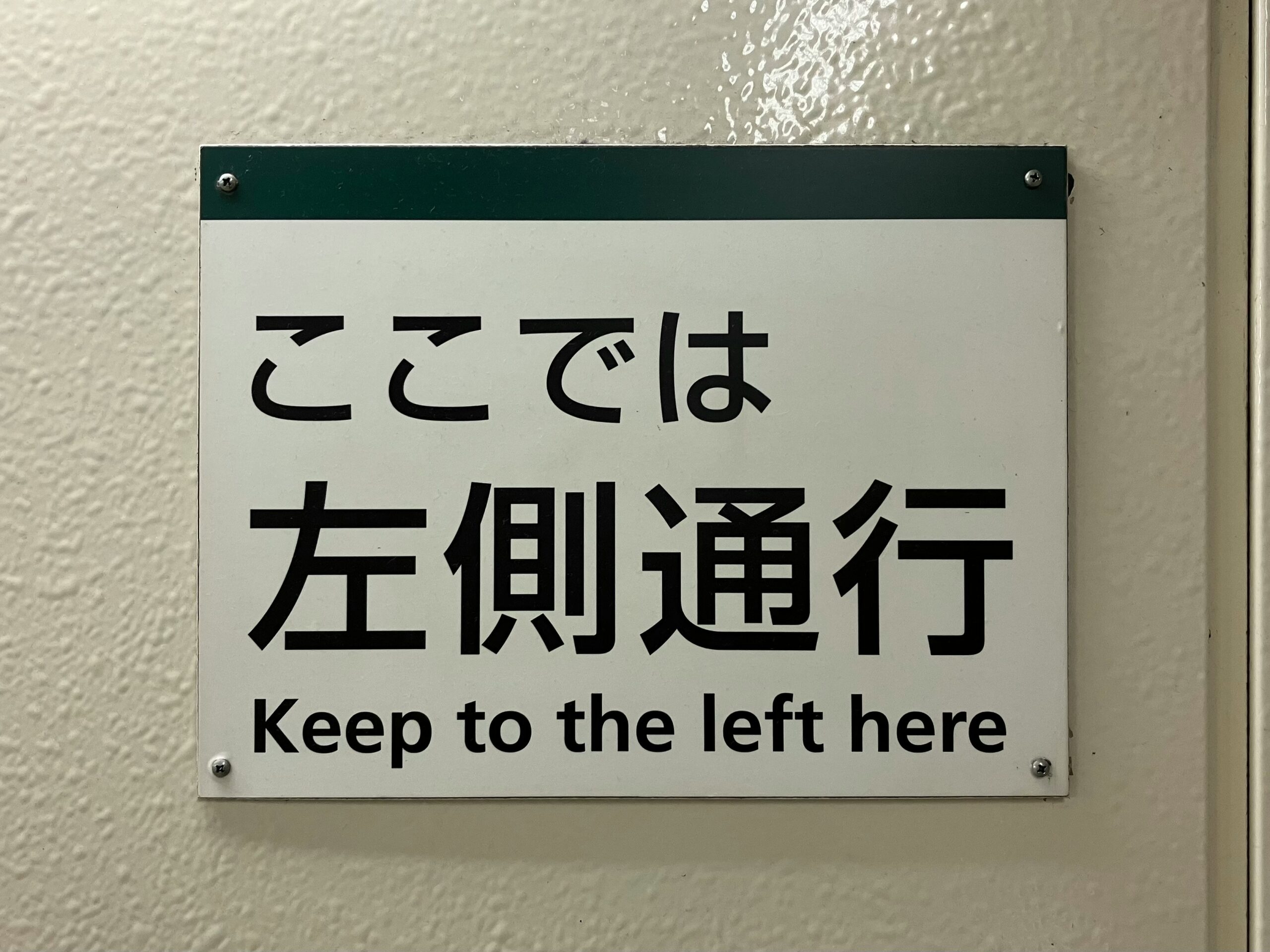
5. 〜てもいいですか (Is it okay if I…?) /
〜てもいいです (You’re allowed to…)
This grammar point is perfect for real-life situations like asking permission or figuring out what’s okay to do — super handy when you’re navigating Japan as a foreigner.
The structure is:
👉 Verb in て-form + もいいですか = Is it okay if I…?
👉 Verb in て-form + もいいです = It’s okay to…
Examples:
- トイレに行ってもいいですか?(Is it okay if I go to the toilet?) 🚻
- 写真をとってもいいですか?(Can I take a photo?) 📸
- ここにすわってもいいですよ。(It’s okay to sit here.)
💡 You can drop か in casual conversations with friends:
食べてもいい? (Can I eat this?)
Also, the negative form is useful when something isn’t allowed:
❌ ここでたばこをすってはいけません。(You must not smoke here.)
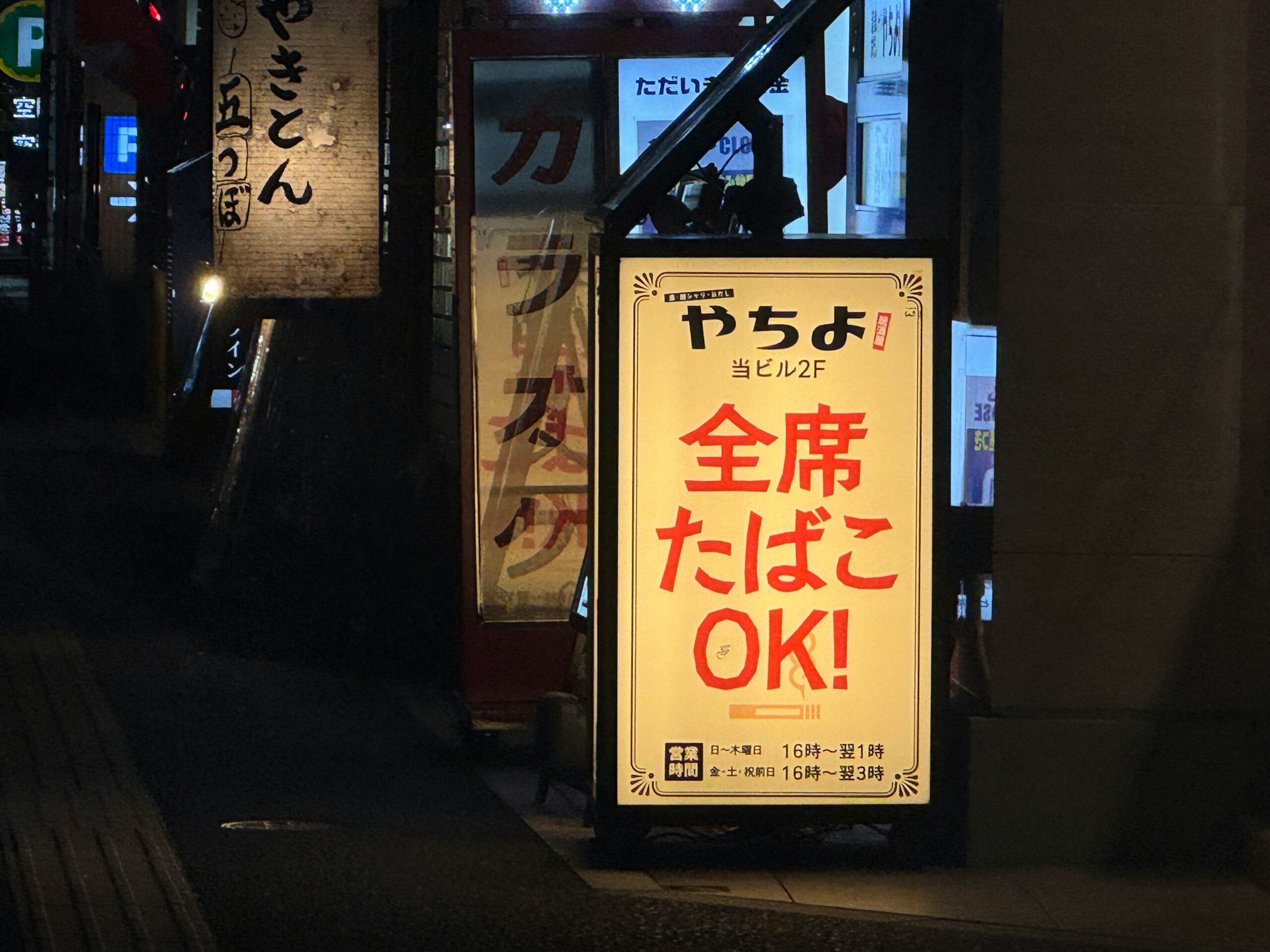
6. 〜ながら (While doing…)
This one helps you multitask like a pro — and sound natural doing it 🧠🎧
〜ながら is used to say “while doing A, I also do B.”
But here’s the trick: the first verb (with 〜ながら) is usually the background action, and the second verb is the main focus.
Use the verb stem for the first action, then add ながら.
Examples:
- 音楽を聞きながら、べんきょうします。(I study while listening to music.) 🎵📚
- スマホを見ながらあるかないで!(Don’t walk while looking at your phone!) 🚶♂️📱
- テレビを見ながらごはんを食べます。(I eat while watching TV.)
💡 This is a great one for talking about your habits or routines — or just flexing your multitasking skills 😄

7. 〜たことがある (Have done something before)
This form is super useful when you’re talking about past experiences—perfect for travel, food, and conversation starters.
Structure:
👉 Past plain form of verb (〜た) + ことがある
Examples:
- 富士山に登ったことがあります。
I’ve climbed Mt. Fuji before. - 日本のアニメを見たことがありますか?
Have you ever watched Japanese anime?
This structure can be used to share things you’ve experienced, but it doesn’t mean you’re doing it now. It’s just “I’ve done it at least once.”
❌ Don’t confuse it with the plain past tense (〜た).
✅ Use this when you want to highlight your experience doing something.

8. 〜ている (Ongoing actions or current state)
This is one of those grammar points that seems simple at first, but actually has a few layers. It’s super common in everyday speech!
Structure:
👉 Verb in て-form + いる
There are two main uses:
✅ 1. Actions in progress
This is like “I’m doing ___” in English.
Examples:
- 今、晩ご飯を食べています。
I’m eating dinner right now. - 日本語を勉強しています。
I’m studying Japanese.
✅ 2. Resulting state (for certain verbs)
This is when something happened and is still the case now.
Examples:
- 結婚しています。
I’m married. (You got married and still are.) - 知っています。
I know. (You came to know it, and that knowledge continues.)
📌 A lot of learners get confused because some verbs like 住む (to live) and 知る (to know) aren’t used in their plain form to express current state. Instead, you must use 〜ている:
- 東京に住んでいます。
I live in Tokyo. - 彼の名前を知っています。
I know his name.
🧠Quick note: In casual speech, 〜ている often becomes 〜てる, especially when speaking fast:
- 見てるよ〜 (I’m watching!)

9. 〜ようと思う (I’m thinking of doing…)
This is the go-to grammar for expressing your intentions or plans, especially when you’re not 100% decided yet. It’s a bit softer and more thoughtful than just saying “I will.”
Structure:
👉 Volitional form of verb + と思う(とおもう)
Volitional form is basically the “let’s do it!” version of the verb.
- 食べる → 食べよう
- 行く → 行こう
- 勉強する → 勉強しよう
Examples:
- 明日、映画を見ようと思います。
I’m thinking of watching a movie tomorrow. - 日本に行こうと思っている。
I’m planning to go to Japan. (casual)
🔸 Using 〜と思っている instead of 〜と思います adds a nuance of ongoing thought or intent, like it’s been on your mind for a while.
💡 Pro tip: This structure is super useful for sounding polite but not pushy. For example, when someone invites you out, replying with:
- 今日はちょっと家でゆっくりしようと思ってて…
I was thinking of just relaxing at home today…
sounds more natural and soft than just saying “I’m staying home.”

10. 〜てから (After doing…)
Want to say “I’ll do X after I do Y”? That’s where 〜てから comes in 🔁
Structure:
👉 Verb in て-form + から
Examples:
- 宿題をしてからゲームをします。
I’ll play games after doing my homework. - ご飯を食べてから出かけます。
I’ll go out after eating.
This structure gives you a clear time order, and it’s often used to describe daily routines, sequences, or plans.
You can even use it in the past:
- 日本に来てから、たくさん友達ができました。
Since coming to Japan, I’ve made a lot of friends.
🧠 This is different from just listing actions with “〜て、〜て…,” which doesn’t show when things happen—only that they happened. 〜てから is all about the sequence!

11. 〜たり〜たりする (Doing things like… and…)
Want to list a few example actions without sounding like you’re listing everything? Use this to describe examples of what you’ve done (or plan to do) — especially when doing a mix of things.
Structure:
👉 Verb in た-form + り + Verb in た-form + り + する
Examples:
- 週末は音楽を聞いたり、映画を見たりします。
On weekends, I do things like listen to music and watch movies. - 昨日は友達と遊んだり、カフェに行ったりしました。
Yesterday I did stuff like hang out with friends and go to a café.
🔄 It implies that these are just examples, not the full list.
You can also use it in the past tense with しました:
- 旅行中に、温泉に入ったり、おいしいものを食べたりしました。
While traveling, I did things like go to a hot spring and eat delicious food.
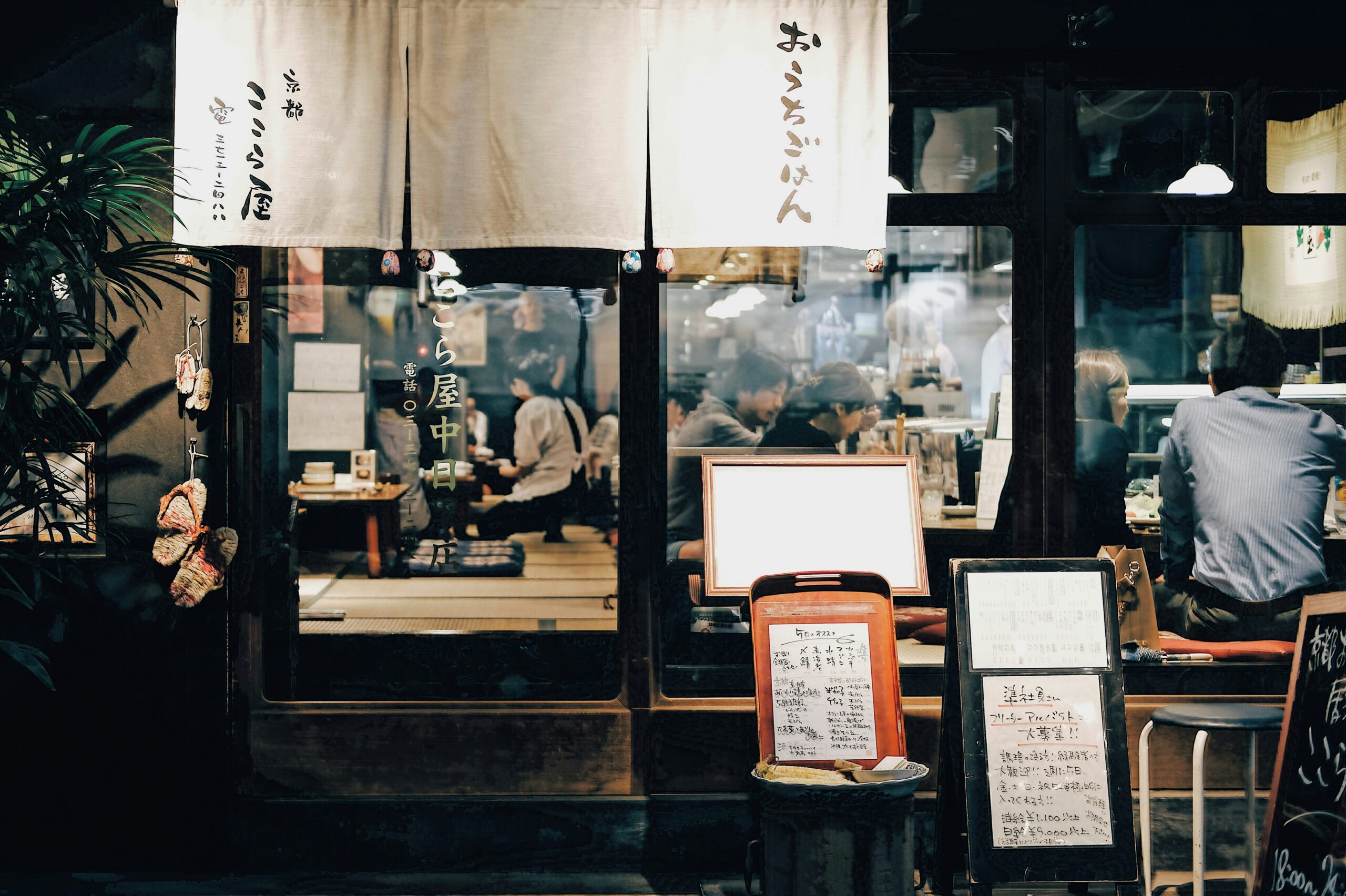
✅ Final Thoughts
These 11 grammar points are not just for textbooks—they’re ones you’ll hear, read, and actually use every single day in Japan 🇯🇵
You don’t need to master them overnight. Come back to this list as you improve your listening and speaking skills, and you’ll start to notice these forms everywhere!
I would also recommend the Genki series of textbooks as they go through various different grammar points, I also recommend Bunpro (app) for SRS grammar study, and of course the Game Gengo YouTube channel which has full length videos of grammar points for specific JLPT levels!
I hope this guide helped! 頑張ります~!
